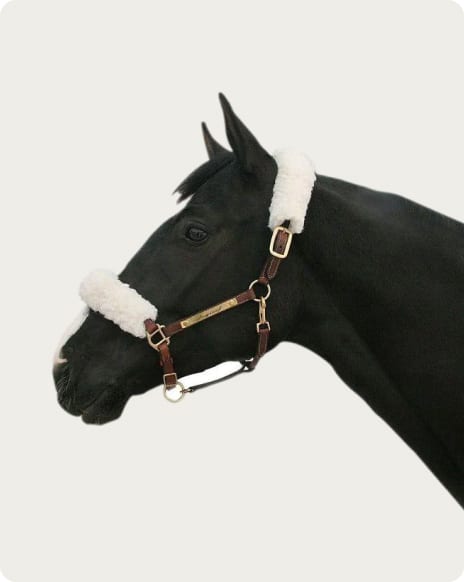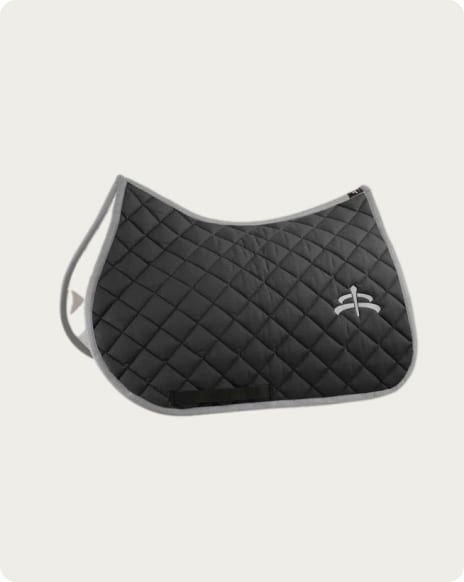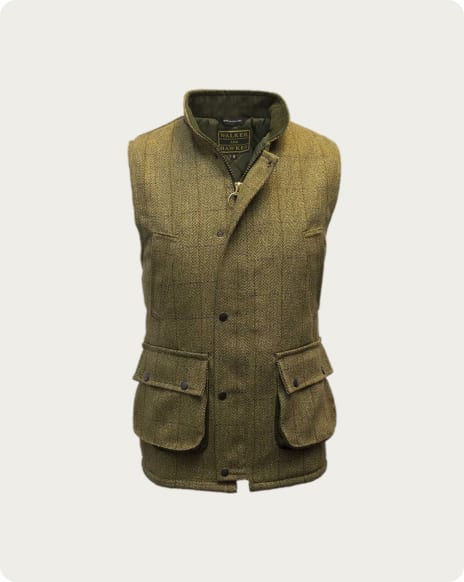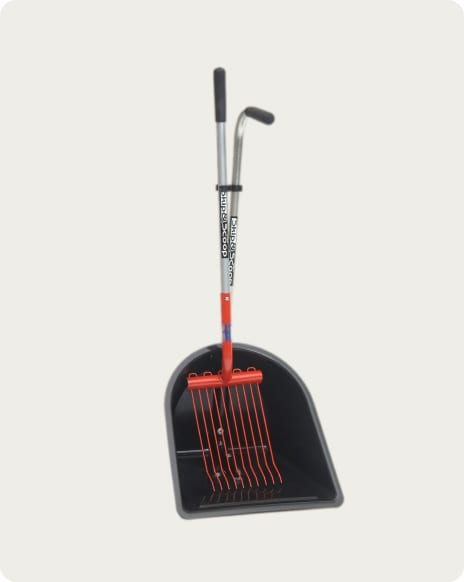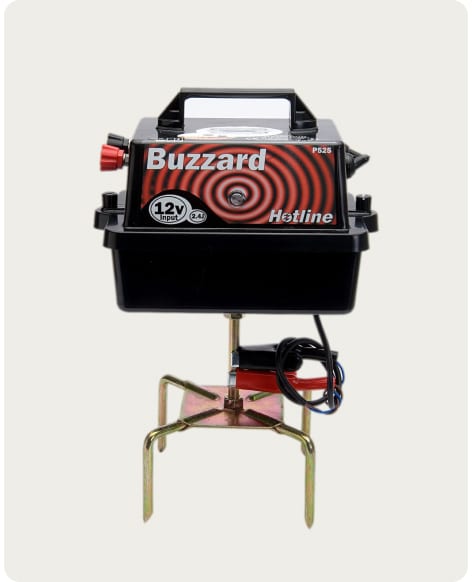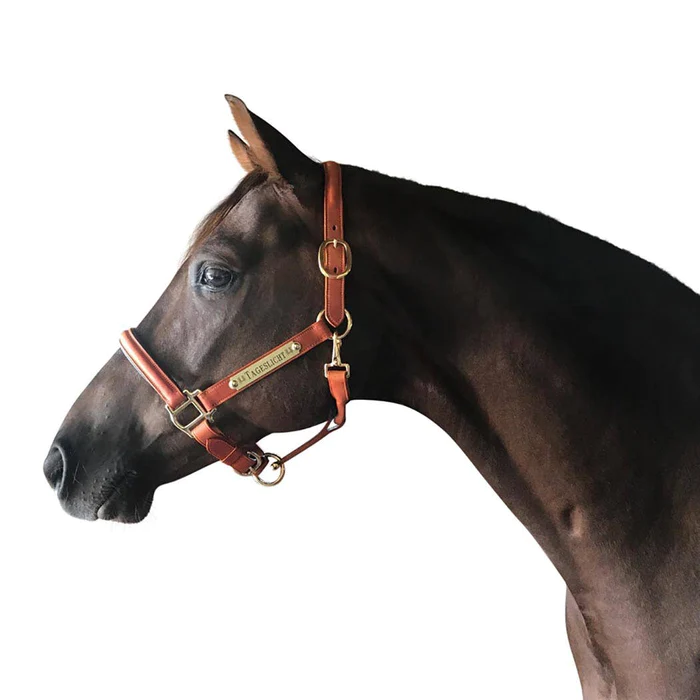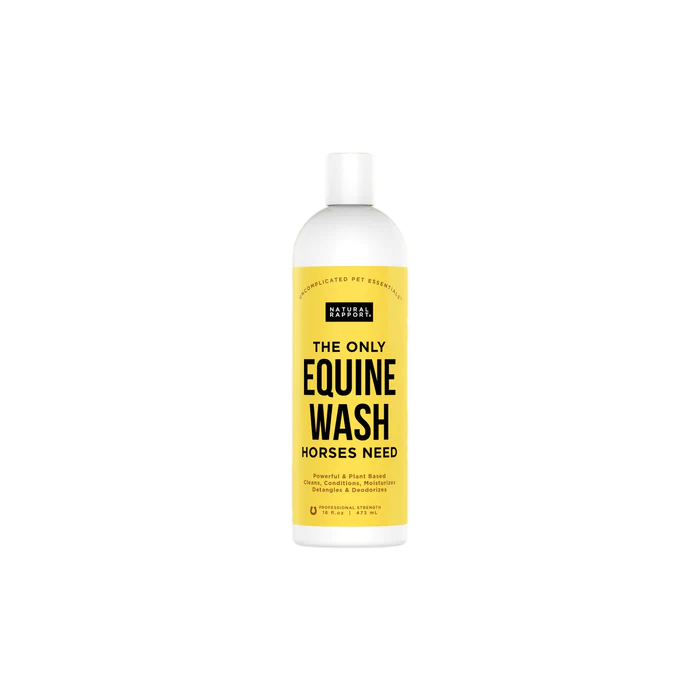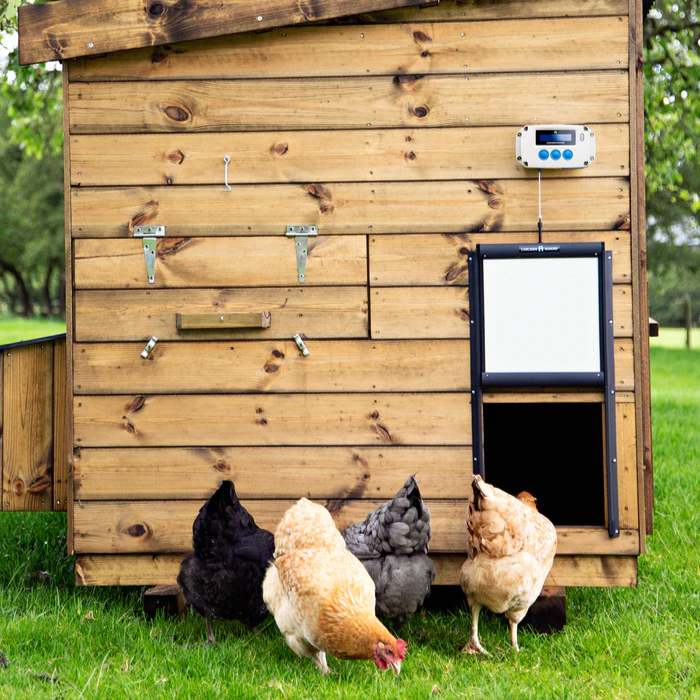To install your gateway, you will need two gate insulators, per line to attach your tape, bungee rope, or cable to the fence post on one end, and the handles to the fence post with the handle anchor insulator on the other side of the entrance.
If your fence is a temporary structure, using electric fence posts, you should only have one gate, and it needs to be located at either end of the fence line. This means that the fence itself will remain electrified whether the gate is open or closed, and the gate itself is only live when your electric fence gates are shut.
For permanent, gateways, it is necessary to run a heavily insulated cable under the entrance, at least 25 to 30 cm underground, to keep both sides of the gate connected, and maintain the flow of electricity around the fence when the gate is open.
Hotline electric fencing has a wide selection of electric fence products for sale, from the fencing posts, tapes, ropes or wire, and energisers, to gates and handles. To make life easier, you can buy electric fence kits which gives you everything you need to construct your fence or get the components separately. All the Hotline products are available to buy online on our website, and delivery is free within the UK.
Gates, Gate Handles & Anchors Explained
A gateway in an electric fence system is a space in the fence which provides a safe break in the electric fence to allow access into and out of your fenced field.As all gateways require the gate to be live when the gate is closed, the gate handles are insulated to allow you to touch it to open or close the gate without receiving a nasty shock.
A gate anchor is an insulator with a metal base which is attached to the gate post and then connected to the electric fence to provide the electrical current needed for the gate to be live when the handle is attached.
How to Attach / Install Electric Fence Gate Handles?
When planning your electric fence, you need to think about the positioning of the gateway, and also the width required. If you will have tractors or other vehicles travelling through the entrance, you need to make sure you allow ample space,
If your fence is for temporary use, the gateway needs to be situated at the beginning and end of the electric fence, so there is no break in the flow of electricity in the fence itself. The gate posts themselves should be either wooden posts or metal, with the relevant insulators attached. A temporary push-in post is not secure enough to withstand the tension required, or the frequent opening and closing.
Whichever handle and cord, tape, bungee or wire system you use, the handle should be hooked into the anchor, which is live, and the other end connected to a non-live insulator on the opposite post. This will ensure that the gate is live when closed, but not live when open, ensuring both you and the livestock are not in danger of getting a nasty shock, and that the cord can touch the ground without shorting the fence system. Using an insulator at the non-hook end also ensures there is no leakage of electricity from the gate into the ground.
For a permanent electric fence gateway, the gateway system itself is set up in the same way, with the handle hooked into the live anchor. But to maintain the flow of electricity across the gateway, so there is no break in the current around the fence you need to connect all the fence lines together with line connectors, on both sides of the opening.
Then you need to run a heavily insulated underground cable to connect the lines from one side to the other. The cable should be buried at least 25 to 30 cm below ground, and it is recommended that you protect it from heavy traffic damage, or from being cut by stones, by running it in a plastic pipe and turning the ends of the pipe down to prevent water getting in.
Do not use the gate itself to transmit the power from one side of the gate to the other, the handle has a weak connection when it is hooked into the insulated anchor. This would weaken the power to the rest of the fence, and when the gate is open, the gate would remain live, but the rest of the fence wouldn’t.
Gates
It is recommended that your gate is made from the same cable that you have used for the rest of the fence system. Your animals have learnt to respect the tape, cord or rope that their fencing is constructed with, so would recognise the gate as a continuation of the fencing.
Having said that, you could opt for a bungee cord gate, which is basically an elasticated version of the electric fence rope. Or there is the spring wire gate option, although this is not recommended for use with horses.
If your electric fence is constructed of two or more lines, you will probably need to install a gate for each line. However, if you decide to just have the one gate cord, the rule of thumb is to put this one gate at the chest height of the animals you are fencing in.
Gate Handles
Gate handles come in various shapes and sizes, and with different connections, depending on whether your fence is constructed using tape, wire, rope or bungee rope. You can’t squeeze a 40mm tape through a hole designed for wire without causing damage to the filaments in the tape, so there are handles for each type of cable.
Some handles come with a spring, to allow you to stretch the cable more tightly, but make opening and closing easy. There is also a great selection of colours, from the sedate black, through to red and orange for easy visibility.
To make life easier, you can buy handles, anchors and insulators individually, or there are gate kits, which ensures you have the right handle for your gate.
Anchors
The metal, live, part of the anchor has holes into which the gate handle can be hooked, and to connect the handle to the electric current.
With the many different fence cable options available, tape, wire or rope, there are different gate anchors to accommodate whichever cable you have chosen to use. The other end of the gate cable is connected to the gate post using an insulator, which stops the electric current in the gate cable from leaking into the ground.
If you are dividing your field into sections to allow your horses to graze together, but still be separated, requiring more than one gateway, there are gate anchors with two and three hook connections to allow easy movement of individual animals.



